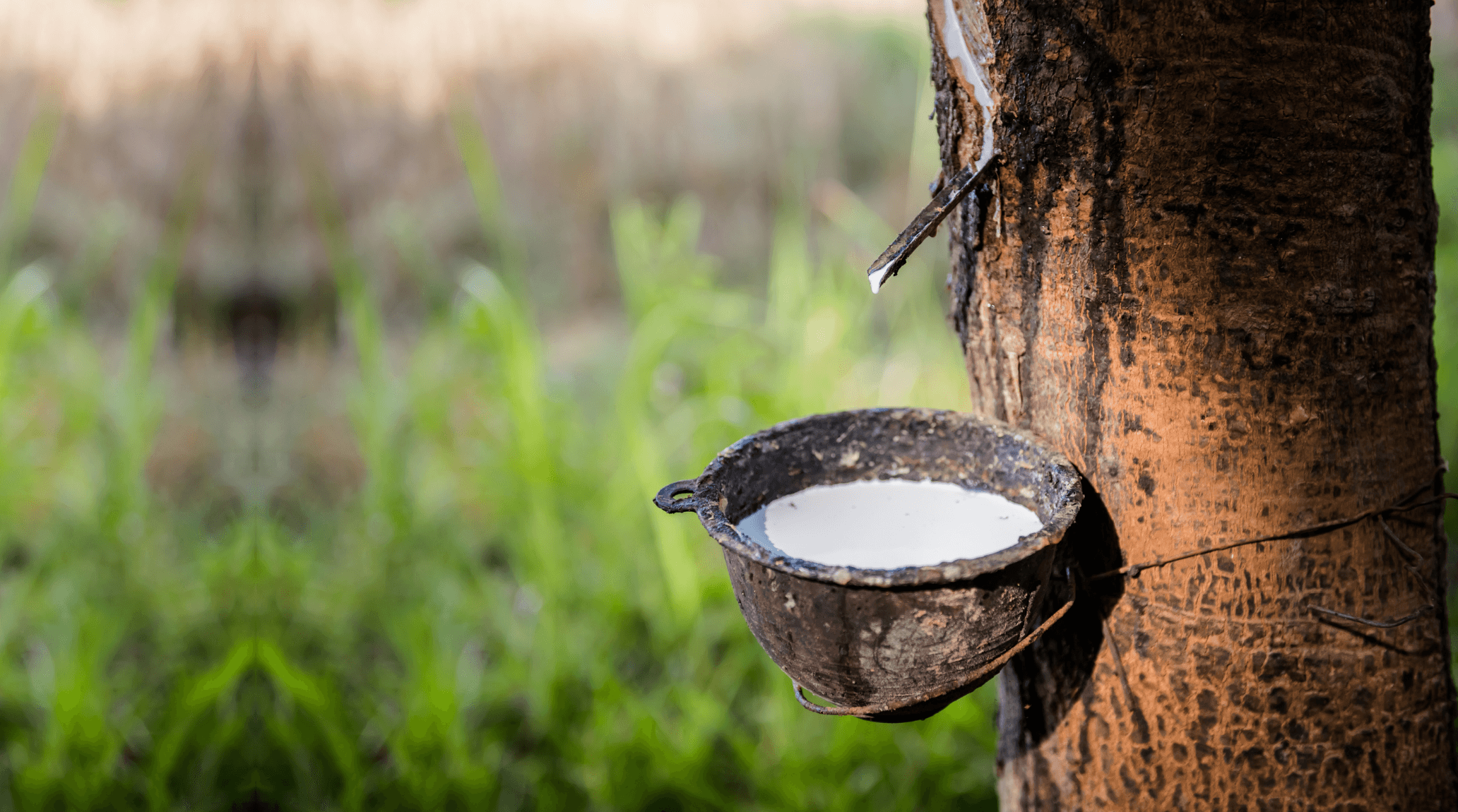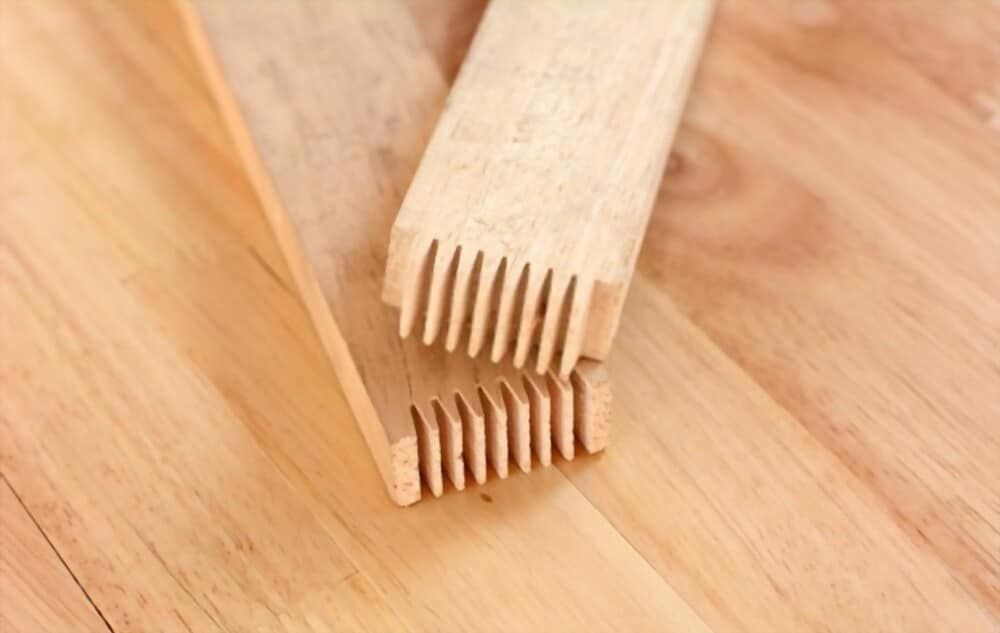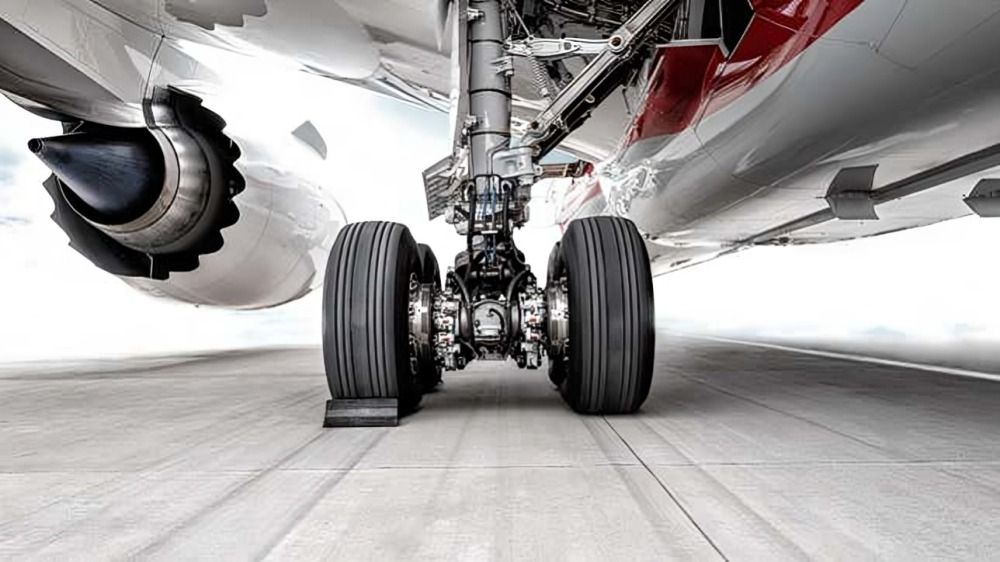
“
Natural rubber is a remarkable material with a rich history and diverse applications. Derived from the latex of the Hevea brasiliensis tree, it has played a vital role in various industries, from automotive to healthcare. This blog will explore 20 Amazing facts about natural rubber, highlighting its unique properties, environmental benefits, and fascinating journey from tree to product. 1
1
”
Natural rubber primarily comes from the latex of the rubber tree, Hevea brasiliensis, native to South America. This milky fluid is extracted and processed to create the versatile material we use today. 1
Harvesting latex involves tapping, where controlled cuts are made in the bark of rubber trees, allowing the latex to flow out and be collected without harming the tree. A single tree can produce latex for up to 30 years. 2
Natural rubber is biodegradable, unlike synthetic rubber, making it an environmentally friendly option. This characteristic helps reduce the ecological footprint of products made from natural rubber. 3

Some individuals are allergic to natural rubber latex, experiencing reactions that range from mild skin irritation to severe anaphylaxis. This allergy requires careful avoidance of latex products to prevent potentially dangerous health consequences.
Vulcanization, discovered by Charles Goodyear in 1839, involves heating rubber with sulfur to enhance its durability and elasticity. This process revolutionized the rubber industry by making natural rubber more robust and versatile. 4
Rubber trees thrive in tropical climates with heavy rainfall and high humidity. They are primarily cultivated in Southeast Asia, where conditions are ideal for their growth. The largest producers of natural rubber are Thailand, Indonesia, and Malaysia.5
Natural rubber is a vital economic resource for many developing countries. It supports the livelihoods of millions of smallholder farmers and workers in the rubber industry. 6
Rubber plantations can impact local ecosystems, but sustainable practices are being promoted to mitigate these effects. Efforts include preserving biodiversity, reducing chemical use, and improving land management. 7
Ancient Mesoamerican civilizations like the Olmecs, Mayans, and Aztecs use natural rubber. They used it for making balls, waterproofing textiles, and even as a form of currency. Rubber played a crucial role in their daily lives and rituals. 8

The wood from old rubber trees, known as rubberwood, is used to make furniture and other wood products. After latex production declines, these trees are harvested sustainably for their timber.
Rubber trees help sequester carbon dioxide, contributing to climate change mitigation. They absorb CO2 from the atmosphere and store it in their biomass. 9
Natural rubber is incredibly elastic, stretching 7-8 times its original length. This property is ideal for flexible and resilient applications, such as tires, elastic bands, and diving gear. Its elasticity is a key factor in its widespread use. 10
Natural rubber is used in various medical supplies, including gloves, catheters, and other devices. Its flexibility, strength, and biocompatibility make it ideal for these purposes. 11
Natural rubber can be recycled and repurposed, reducing waste and promoting sustainability. Recycled rubber is used in playground surfaces, athletic tracks, and new rubber goods. 12

Natural rubber is used in aircraft tiers because of its high performance and reliability under extreme conditions. It can withstand the high pressures and temperatures experienced during takeoff and landing.
Due to its electrical insulating properties, natural rubber is used to manufacture electrical cables and insulation. It protects against electrical hazards and ensures safe and efficient energy transmission. 13
Natural rubber's waterproof qualities make it perfect for raincoats, boots, and diving equipment. It creates a barrier that prevents water from penetrating, keeping users dry and comfortable. 14
Natural rubber is used in conveyors and industrial belts for durability and flexibility. These belts are essential in various industries, including mining, manufacturing, and logistics. They help transport materials efficiently and withstand heavy loads. 15
Natural rubber produces sports equipment like soccer balls, basketballs, and mats. Its elasticity and resilience provide the right balance of bounce and durability. 16
Natural rubber is used in orthopaedic products like braces and supports for its cushioning properties. It provides comfort and protection, helping alleviate pain and aid recovery. These products are essential for injury prevention and rehabilitation. 17


